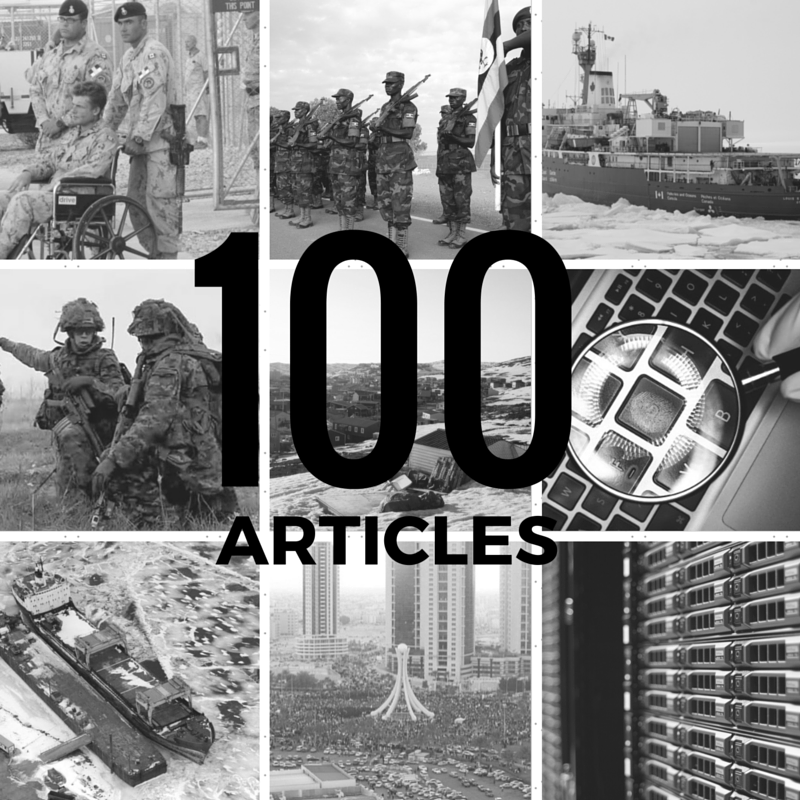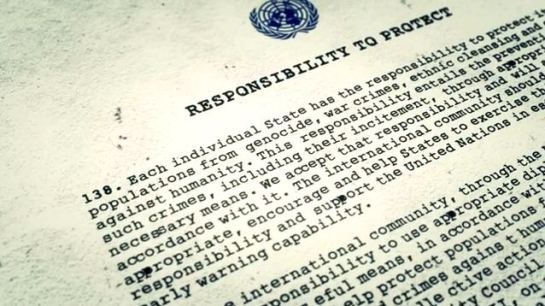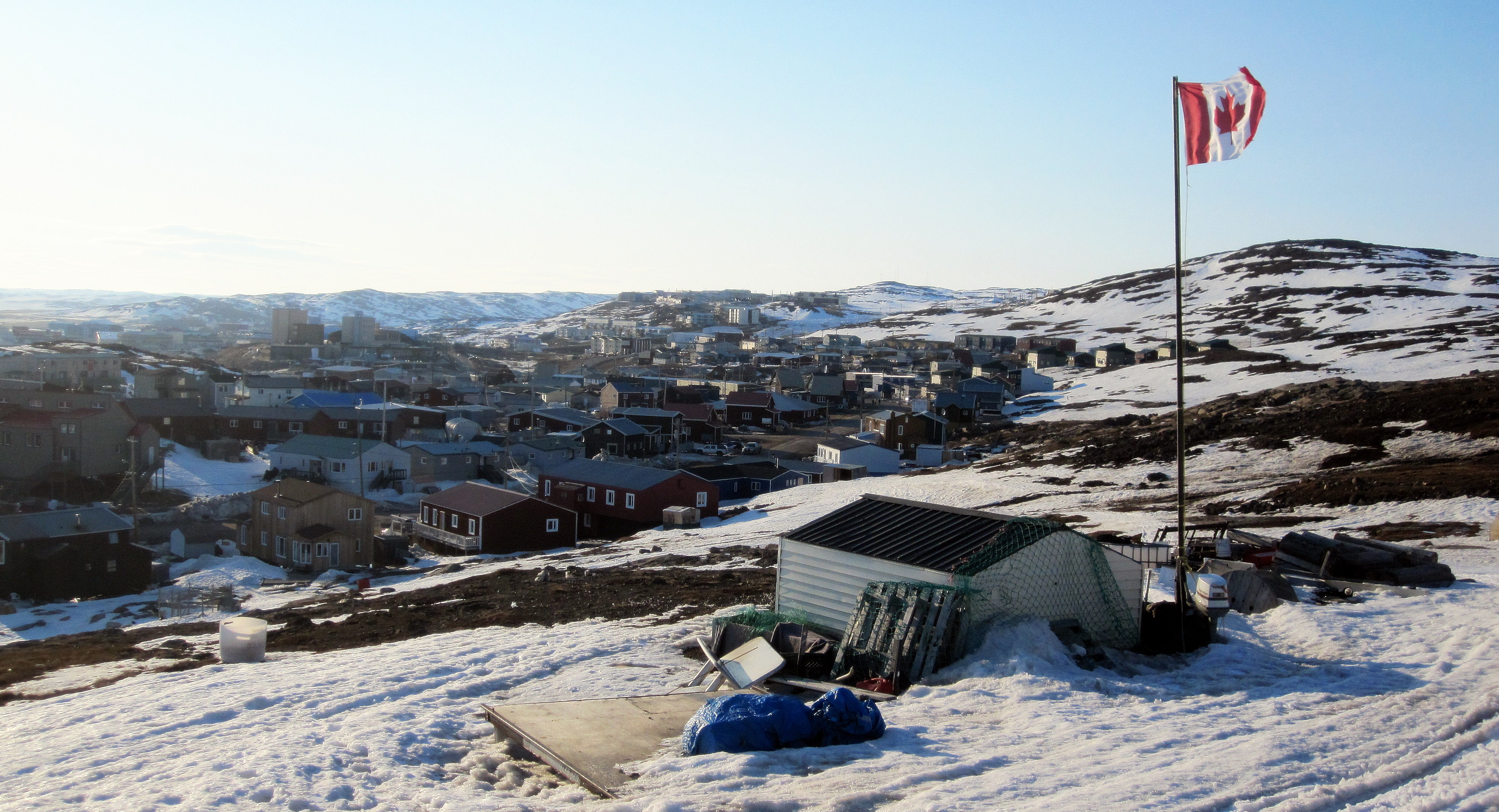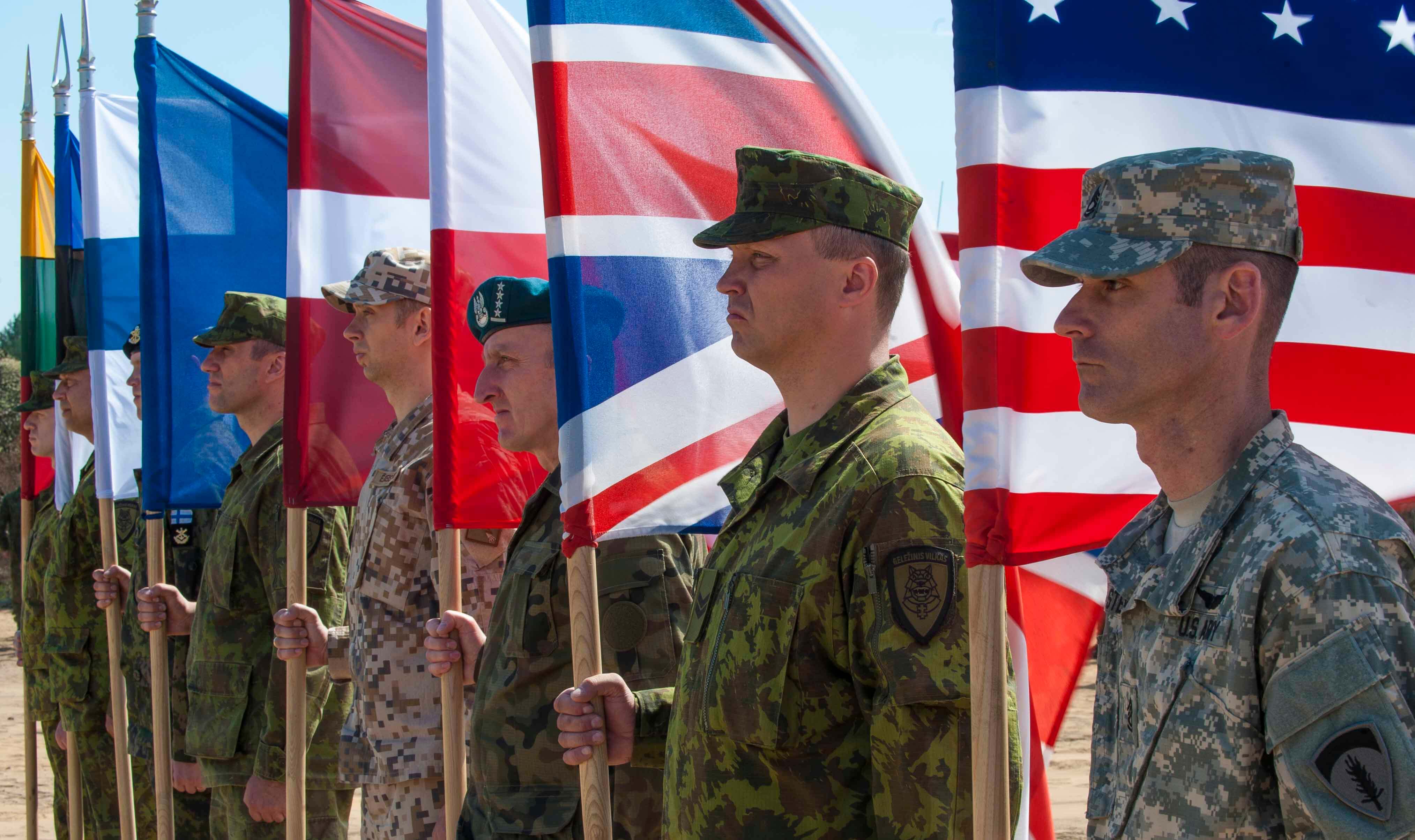In the 2015 federal election, the Lockheed Martin F-35 Lightning II multi-role fighter and its suitability for the Royal Canadian Air Force (RCAF) has been a point of contention among the party leaders. The current fleet of CF-18 fighters operated by the RCAF is aging and finding a replacement model certainly remains a pressing issue. But the Department of National Defence (DND) may soon face another aircraft procurement project: finding new planes for the Snowbirds. The Canadair CT-114 Tutors flown by the RCAF’s 431 Air Demonstration Squadron for aerobatics displays are also advancing in age, having first entered service with the Canadian Armed Forces in 1962.
Fortunately, there is an excellent option already available on the market. The BAE Systems Hawk is a British single-engine, jet-powered advanced trainer aircraft similar in design to the CT-114 Tutors currently flown by the Snowbirds. In fact, the RCAF obtained 22 of these planes in 2000 and they continue to be operated as trainers at 2 Canadian Forces Flying Training School (2CFFTS) near Moose Jaw, Saskatchewan and 419 Tactical Fighter Training Squadron stationed near Cold Lake, Alberta. The Red Arrows display team, Britain’s equivalent to the Snowbirds, uses the BAE Systems Hawk as well, which only highlights the suitability of this aircraft as a replacement for the CT-114 Tutor. The Midnight Hawks, the Finnish Air Force display team, also employs this model for aerobatics.
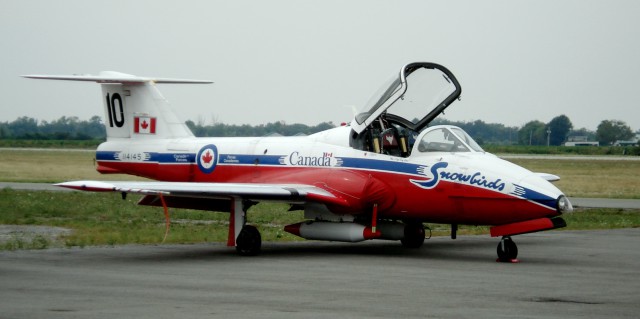
However, the location of the aircraft’s manufacture may arise as an issue. Most of the 900 Hawks operated around the world were built in the United Kingdom. The McDonnell Douglas T-45 Goshawk, an American variation on the Hawk design, is largely manufactured in the United States, but depends on British and French parts, like a Rolls Royce Turbomeca turbofan engine. Some in Canada may call for domestically produced aircraft to be adopted as the replacement to the CT-114 Tutor. But Bombardier Aerospace, which acquired Canadair in 1986, simply does not manufacture jet-powered advance trainers like the Tutor or the Hawk. At approximately $30 million per Hawk, it is also doubtful that Bombardier could design and produce a new model of aircraft for the RCAF at a competitive price. Asking a Canadian manufacturer to draw up an entirely new design to replace the CT-114 Tutor would carry the risk of ballooning research and development costs as seen in the F-35 procurement. For a project of this kind, an off-the-shelf procurement would be preferable.
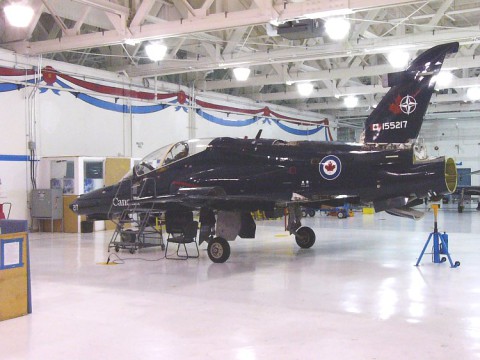
This is not to say that the Canadian aerospace industry would be totally disengaged from the Snowbirds, however. BAE Systems Canada works with Bombardier and Canadian Aviation Electronics (CAE) to support NATO Flight Training in Canada (NFTC) programs, which use many of the aforementioned facilities in Moose Jaw and Cold Lake. BAE Systems Canada and Bombardier also provide in-service support to Canada’s existing Hawk fleet. A similar agreement extending to the Snowbirds’ future aircraft would be a natural addition to this partnership between the two companies.
However, this is not to say that DND should pursue sole-sourcing for the new aircraft. A competitive tender could be held on an expedited basis, though it is difficult to say whether any models might be proposed. South Korea’s KAI T-50 Golden Eagle is another new jet trainer, having begun production in 2002, but the Canadian market is unfamiliar to the Korean defence industry and the aircraft may be deemed too different from anything currently flown by the RCAF. Jet trainers produced by American manufacturers like Northrop, Lockheed Martin, and others pre-date the Canadair CT-114 Tutors and so support and maintenance for such aircraft might be difficult to secure across their operational lifetimes.
For a government eager to show quick progress in military procurement, the purchase of new aircraft for the Snowbirds would be a good place to start. While some quarters cry foul at the manufacture of these aircraft abroad, that new government could then turn its attention to slogging through numerous defence procurement crises, like the CF-18 replacement, new Fixed-Wing Search and Rescue aircraft, and the National Shipbuilding Procurement Strategy.

